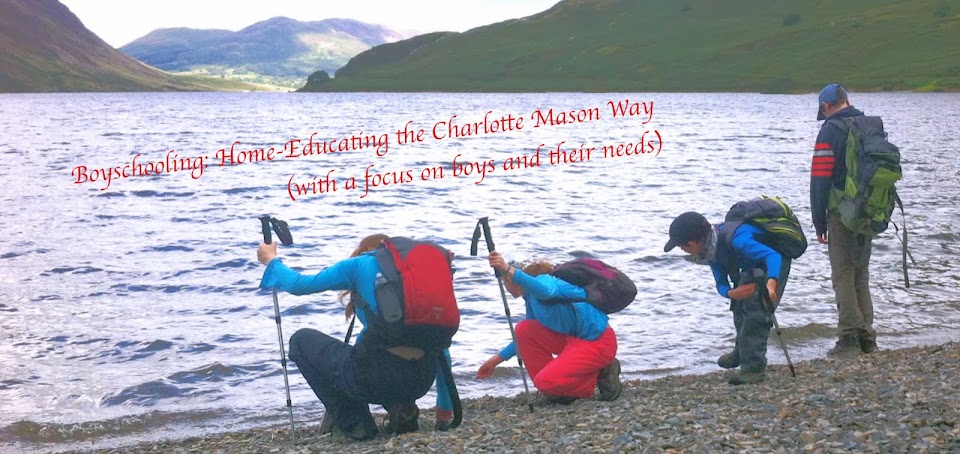Here in the UK, we haven’t sprung our clocks forward yet,
but the signs of spring are definitely upon us.
As the followers of the Charlotte Mason method, nature study
is supposed to be a big part of our homeschool curriculum. We’re not always
very good at it, but this time of year, it seems that we can’t help but notice
the changes all around us.
This week, we’ve been particularly revelling in the annual sightings
of frogs in our pond, a frenzy of their little slimy bodies in piles, usually
sitting atop a grapefruit-sized lump of spotted clear jelly.
It’s during this mating period that I am strict with what my
kids can do with the garden pond, ie, absolutely nothing! Don’t touch! Don’t
poke! Don’t ferry buckets of its water to your paddling pool!
Frogs have always been a fascination of mine, ever since I was 4 years old. One of my earliest memories is the day I kissed over thirty toads.
 |
| The endangered Houston toad - just look at those kissable lips!! |
I lived in Houston, Texas, at the time. Whenever we got one
of our summer gully-washers, the toads would come floating out of our downspout
drains. This particular time, I collected them all in the paddling pool in the
garage. I must have spent half-an-hour in just running around the pool, popping
their little bumpy bodies back into their confinement. Each one I picked up,
each time I picked it up, I kissed it.
Sadly, none of them became a prince (at least, not to my
knowledge), and even worse, this species of amphibian (Bufo houstonensis) is now endangered, limited to only 9 counties in that vast state, and not seen in the Houston area since my childhood era of the 60s. The finger is pointed at habitat alteration, because this species is a burrowing animal and safe burrowing sites in that huge metropolis are rare these days.
My love for frogs and toads persists to this day, many years from those childhood escapades, and many (many, many!) miles from them as well. To me, frogs and toads of any description are still my dearest wild
animals to observe, to cultivate, and to protect, and so I can be a little hitler when it comes to who can do what with my pond in early March.
Of course, the return of the frogs in England is only one sign of
spring. Others I've noticed are the little nodding heads of pure
snowdrops, the bright and upright purple crocuses under the walnut trees, and
on one recent walk in Oxford’s University Parks, the starry yellow faces of the dainty
little winter aconite. (Not yet time for the daffodils, but their spears are making their way up through the grass)
 |
| Winter aconites add floral sunshine to shady spots. |
Then there are the birds. Oh, the birds!!! As England’s long
winter nights give way to the piercingly early summer days, the birds are starting
their dawn chorus at about 5 am right now (later, in June, it will reach its
earliest of about 3:30 am). So far, I have seen only our winter dwellers:
robins, dunnocks, a variety of tits, blackbirds, and my nemesis, the wood
pigeon. It won’t be long, though, when I will hear the tell-tale calls of the
chiff-chaff and the cuckoo, both of which make the same sound as their names.
 |
| Chiff-Chaff: I'm kind of boring to look at. |
Some of the early signs that are still wanting include the
buds of hawthorn bushes. These pale, yellowy-green leaves will soon give way to
a darker, fan-shaped leaf which hides the nasty little thorns, but every year I
see them, I’m reminded of Robert Frost’s beautiful poem about spring: Nothing
Gold can Stay.
Nature's first green is
gold,
Her hardest hue to hold.
Her early leafs a flower;
But only so an hour.
Then leaf subsides to leaf.
So Eden sank to grief,
So dawn goes down to day.
Nothing gold can stay.
Her hardest hue to hold.
Her early leafs a flower;
But only so an hour.
Then leaf subsides to leaf.
So Eden sank to grief,
So dawn goes down to day.
Nothing gold can stay.
As with so many of Frost’s poems, this one is as
much about life in general as it is about a season, but the hints of spring are so numerous right now that the cold and dark days of England’s winters will
soon, happily, be a distant memory.
To capitalise on the current seasonal changes, there’s an initiative at the UK
charity, Woodland Trust, to record eight “firsts” for this season: flowering,
mating, bud burst, leaf, feeding the young, first cutting of the lawn for the
season, and first live individual animal (which I think means those waking from
hibernation or returning from winter grounds, like the brimstone butterfly I
saw two days ago, and not the fact that, day in and day out, I've seen those darn wood pigeons flapping about in the birch tree).
The Trust provides many resources online such as some nice pdf charts; a set of 6 information packs about ladybirds, frogs, two kinds of
butterflies, and two kinds of plants; and updates to remind you what to look
out for: today, that’s the song of the song thrush.
The link for getting involved is here: The Woodland Trust.

No comments:
Post a Comment
Whatcha thinkin'? Don't be shy if you've got something to say!